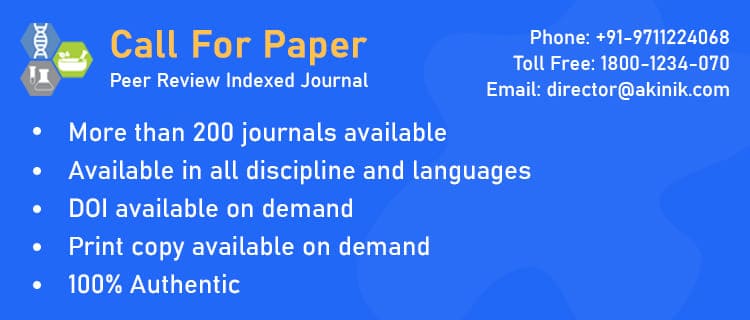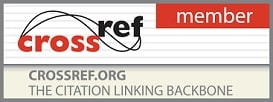- Printed Journal
- Indexed Journal
- Refereed Journal
- Peer Reviewed Journal

Journal of Pharmacognosy and Phytochemistry
Vol. 8, Issue 5 (2019)
Cost-benefit economics under evaluation of ecofriendly insecticides against major insect pests of rice in eastern Uttar Pradesh conditions
Gyan Prakash Morya and Rajnish Kumar
Present study was conducted on the cost-benefit economics under evaluation of some novel ecofriendly insecticides against major insect pests of rice in Eastern Uttar Pradesh conditions for the two consecutive years (2014 and 2015) at farmer field of district Deoria. This evaluation was observed most effective ecofriendly insecticides concerned to lowest infestation, lowest P: D ratio, highest yield, and cost: benefit ratio. There were 10 treatments (09 insecticides + 01 check) evaluated under randomized block design (RBD) by transplanting method of rice cultivation on localized popular rice cultivar Samba Mahsuri. The insecticide treatments comprise 9 insecticides (Cartap Hcl, 50 SP, Indoxacarb 14.5 SC, Imidacloprid 17.8 SL, Chlorpyriphos 20 EC, Thiamethoxam 25 WG, Chlorantraniliprole 18.5 SC, Azadirachtin (Neem Oil) 0.03 EC, Bacillus thuringiensis kurstaki (Btk) 3.5 WP, and combination of Neem Oil 0.03 EC + Btk 3.5 WP). The infestations of major insect pests of rice were observed for most serious insect pests, which were 1.Yellow stem borer (Scirpophaga incertulus Walker), 2.Common rice leaf folder (Cnaphalocrosis medinalis Guenee), 3.Brown plant hopper (Nilaparvata lugens Stal), 4.Rice hispa (Dicladispa armigera Oliver), and 5.Rice earhead bug (Leptocorisa acuta Thunberg). Though, there were observed all the insecticides varied each other for cost: benefit ratios, but Imidacloprid and Neem Oil + Btk were also inference most effective ecofriendly insecticides for major insect pests of rice based on cost: benefit ratios, since there were 2 insecticides (Imidacloprid and Neem Oil + Btk) inference most effective ecofriendly insecticides for major insect pests of rice based on lowest infestation, lowest P: D ratio, and highest yield respectively. The cost: benefit ratios for most effective ecofriendly insecticides against major insect pests of rice were observed as, Imidacloprid (1: 10.66) and Neem Oil + Btk (1:1.28) respectively.
Pages: 311-315 | 1232 Views 593 Downloads









